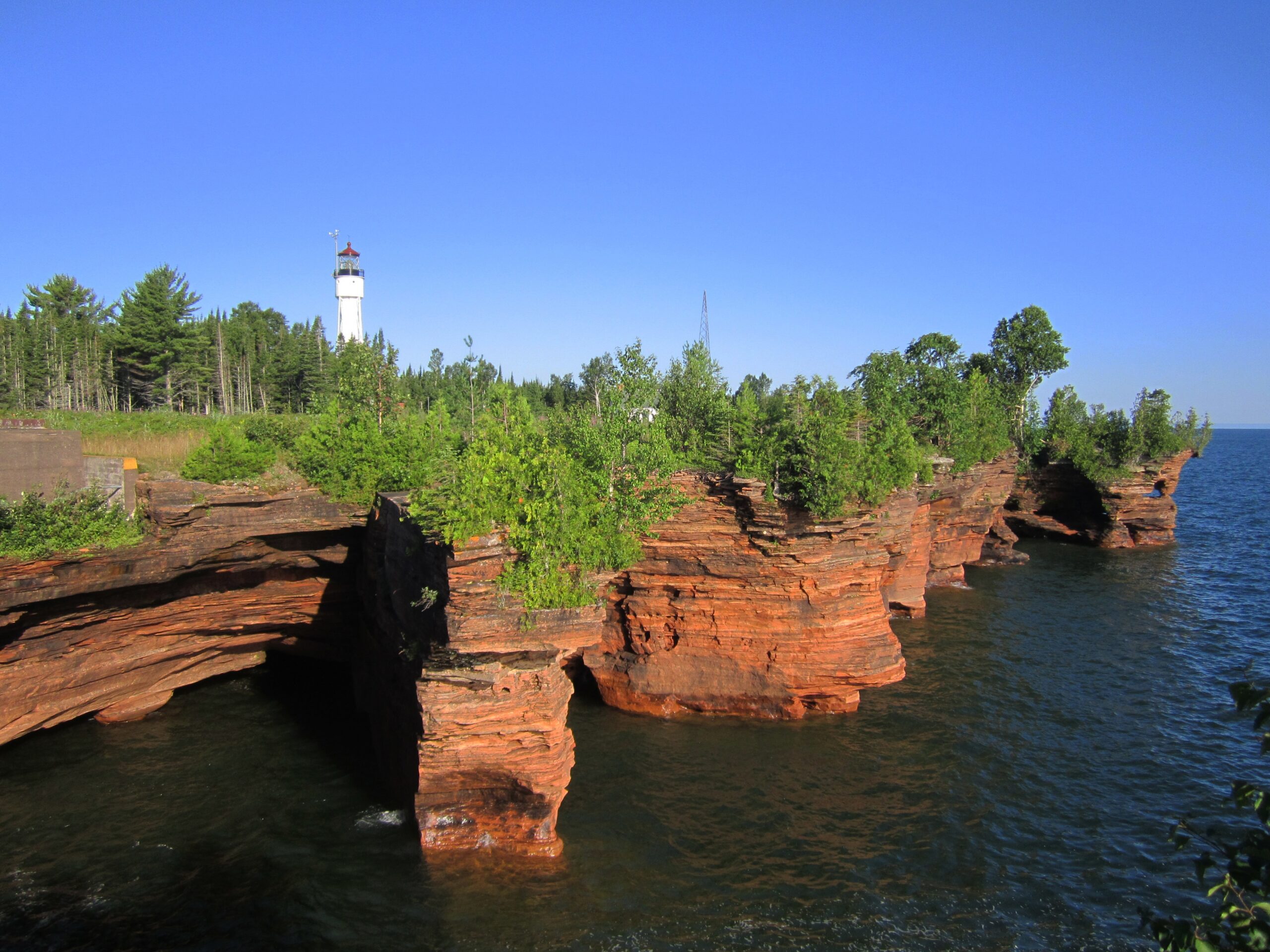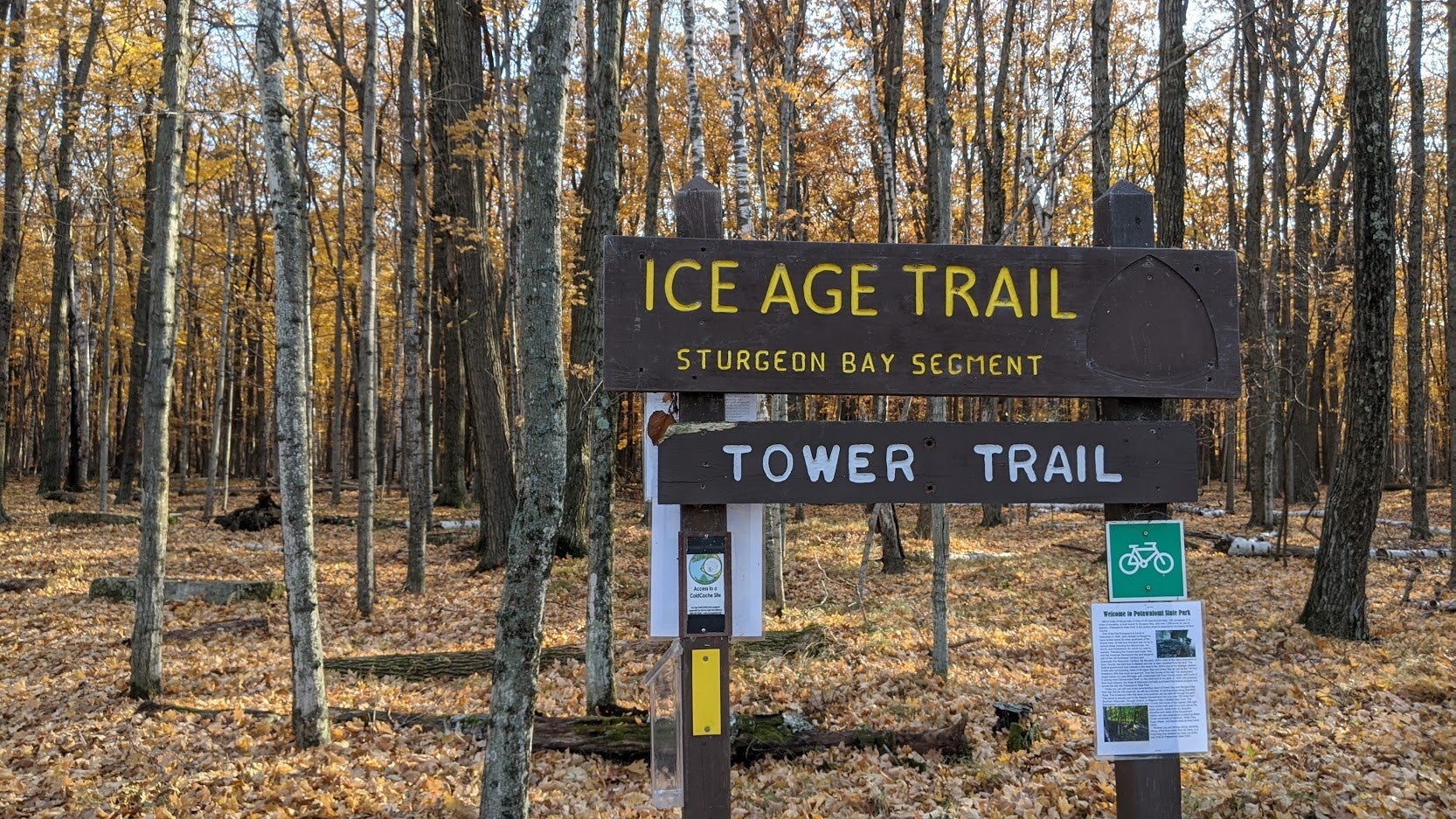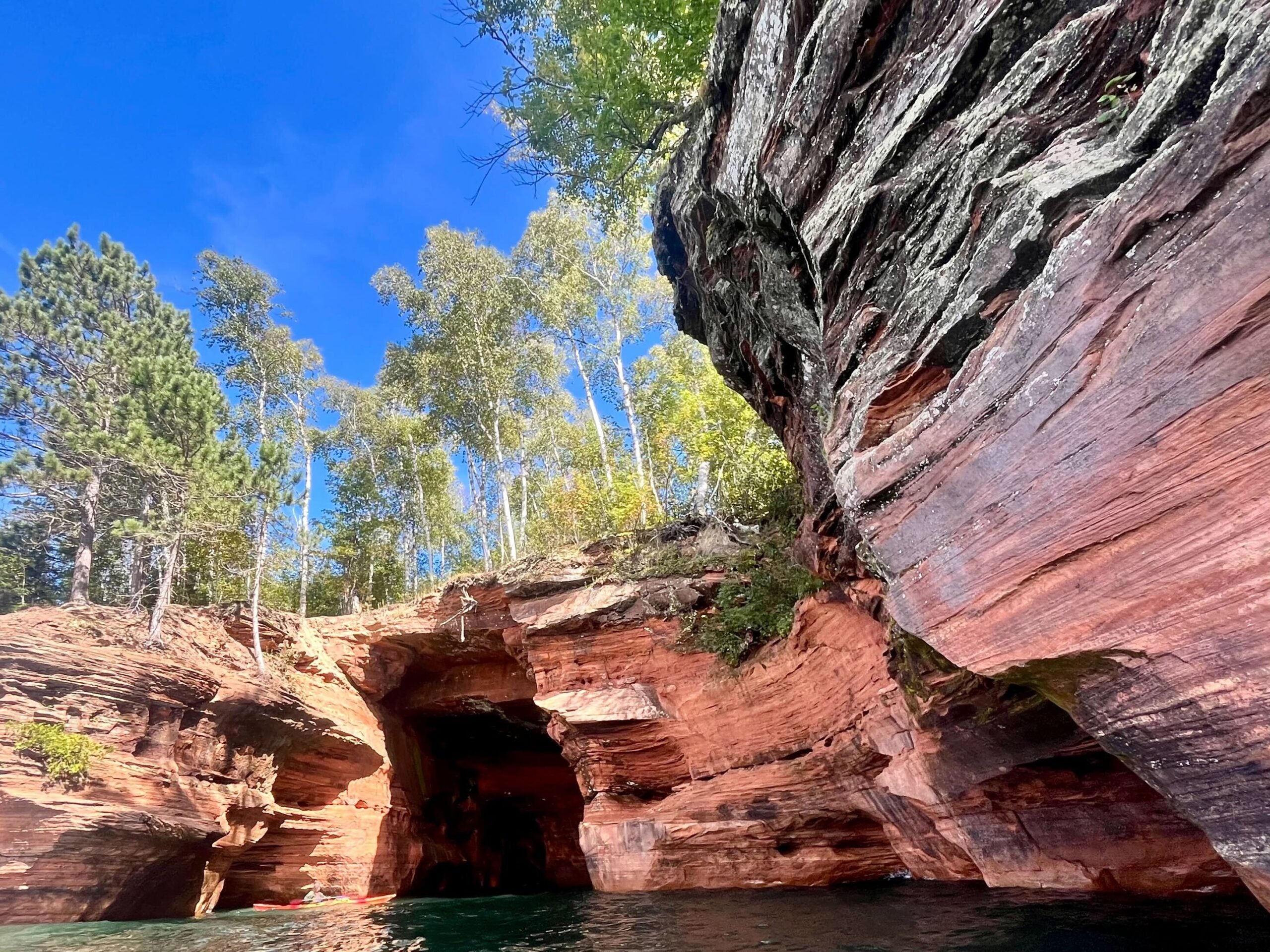The maintenance backlog at national parks has almost doubled in the last five years, and deferred maintenance costs have grown seven times higher during that span at the Apostle Islands National Lakeshore in Wisconsin.
The increase comes amid billions of dollars of federal investment under the Great American Outdoors Act. That’s prompting calls among Republicans in Congress for more transparency over spending, including from U.S. Rep. Tom Tiffany.
The National Park Service estimated it had $11.9 billion worth of deferred maintenance projects through September 2018, which marks the end of the federal fiscal year. Now, the agency estimates that backlog is closer to $22.3 billion among its 424 parks and roughly 90 scenic rivers and trails as of the end of September last year.
News with a little more humanity
WPR’s “Wisconsin Today” newsletter keeps you connected to the state you love without feeling overwhelmed. No paywall. No agenda. No corporate filter.
National Park Service Director Chuck Sams said in a U.S. House subcommittee hearing last month that the backlog grew as the agency has been able to better assess needs at national parks.
“Many of our national parks and our superintendents have been placing band-aids on a number of these infrastructure and deferred maintenance (projects),” Sams said. “When (Great American Outdoors Act) money came out, it actually provided us (funding) to do surgery.”
As a result, Sams said the agency realized it had a much larger backlog of projects, some of which hadn’t seen major investments in more than 50 years.
Over the last five years deferred maintenance costs at the Apostle Islands National Lakeshore, which includes 21 islands on Lake Superior, grew from an estimated $9 million to $66 million. At the same time, the park’s budget has remained largely flat at roughly $3 million.
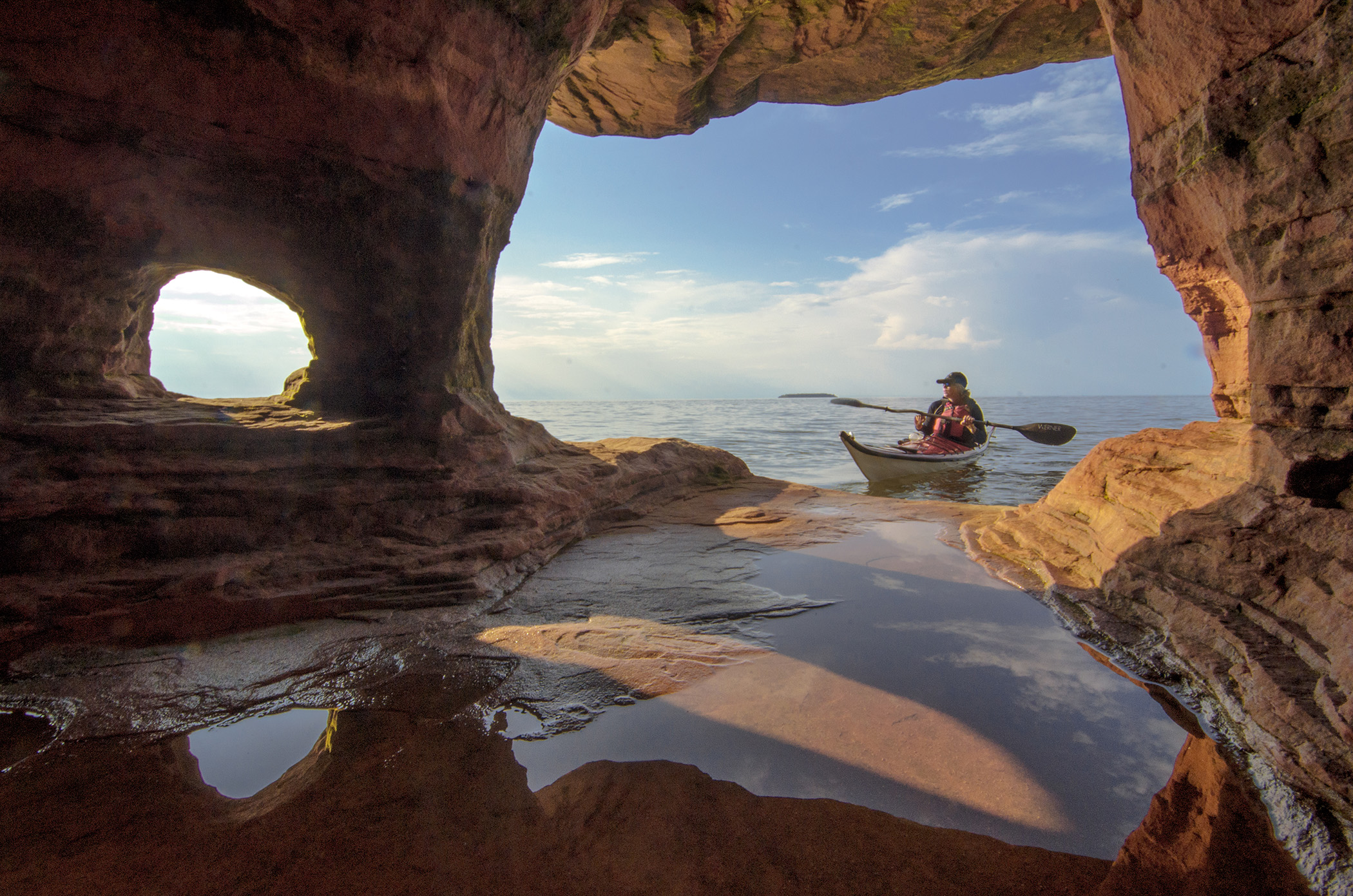
Photo courtesy of Jeff Rennicke
Lynne Dominy, the park’s superintendent, said the park has around 130 buildings. She said many of those haven’t been updated since the park was established in 1970.
“We’re adding more things to the list that we’ve discovered that we didn’t know were broken or that needed attention,” Dominy said. “It’s a story that never ends. It’s just what you try to do is reduce it.”
The Great American Outdoors Act, which was signed into law by former President Donald Trump, will provide up to $1.9 billion annually through 2025 for maintenance under the National Parks and Public Land Legacy Restoration Fund program.
But Tiffany said the growing backlog is concerning given the billions of dollars of investment, adding lawmakers want to investigate how taxpayer money is being spent. Tiffany, who chairs a subcommittee on federal lands, said no official investigations are planned.
“At a minimum, we’re going to continue to do oversight hearings,” Tiffany said. “But I’m hoping that we can go to a couple of these places where money has been allocated, and it does not appear that the work is being done, taking a look at the priorities of the Park Service, to make sure that everyone around the country is getting some help with these additional dollars.”
So far, the National Park Service has prioritized 130 projects in 176 parks that would receive funding under the Legacy Restoration Fund program. That would address $3.8 billion in deferred maintenance.
Under the next budget, the agency also wants to use around $1.3 billion from the program to address another 26 projects. That includes a request for $17.2 million in funding to rehabilitate and stabilize Apostle Islands marinas at Little Sand Bay and Devils Island. The funding is anticipated to address around $20 million in deferred maintenance.
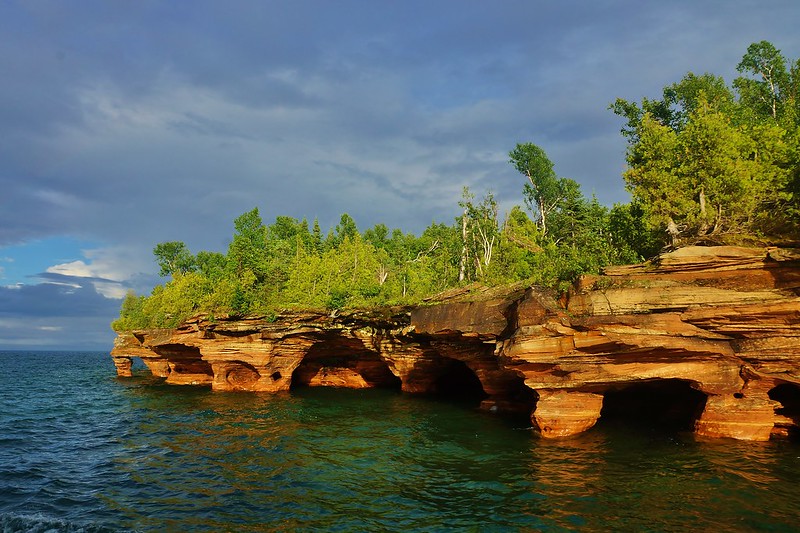
Dominy said a large storm in late 2017 damaged marinas at both sites. The Little Sand Bay Marina is the park’s only mainland marina that provides access to the western and northern islands, offering safe harbor to about 30,000 visitors each year.
Work at Devils Island would also include repairs of a retaining wall and rebuilding a historic boathouse and dock that had been on the island for 130 years.
“The reason that’s so important is because right now that island is closed, and people can’t safely moor (vessels to) their docks. They don’t have a safe harbor if they get all the way out there — to be able to get out of a storm,” Dominy said. “And it’s a really important part of the park’s history.”
Plans to restore the marina involve using more resilient materials to ensure the dock and facilities will last longer than 50 years amid the often crushing wind, waves and ice on Lake Superior. Dominy said addressing maintenance at the park, which saw around 257,000 visitors last year, presents a challenge due to limited staffing and the short summer construction season.
As the agency devotes funding, Tiffany said smaller national parks like the Apostle Islands should benefit.
“We need to make sure that those facilities are kept upgraded, especially when there was so much additional money that was authorized in the previous Congress for this,” Tiffany said. “I hope that the Apostle Islands National Lakeshore gets some of that for maintenance projects.”
🧵Despite Congress investing billions of dollars to address the National Park System’s deferred maintenance backlogs, it has only gotten worse.
Today, @NatResources and I demanded accountability on where taxpayer dollars are being spent. pic.twitter.com/4vJQK9TYMU
— Rep. Tom Tiffany (@RepTiffany) April 18, 2023
Dominy said the park is currently in the design process for repairs at the Little Sand Bay and Devils Island. The hope is that the park may begin construction as soon as next year or in 2025 pending approval of funds.
Wisconsin Public Radio, © Copyright 2026, Board of Regents of the University of Wisconsin System and Wisconsin Educational Communications Board.
